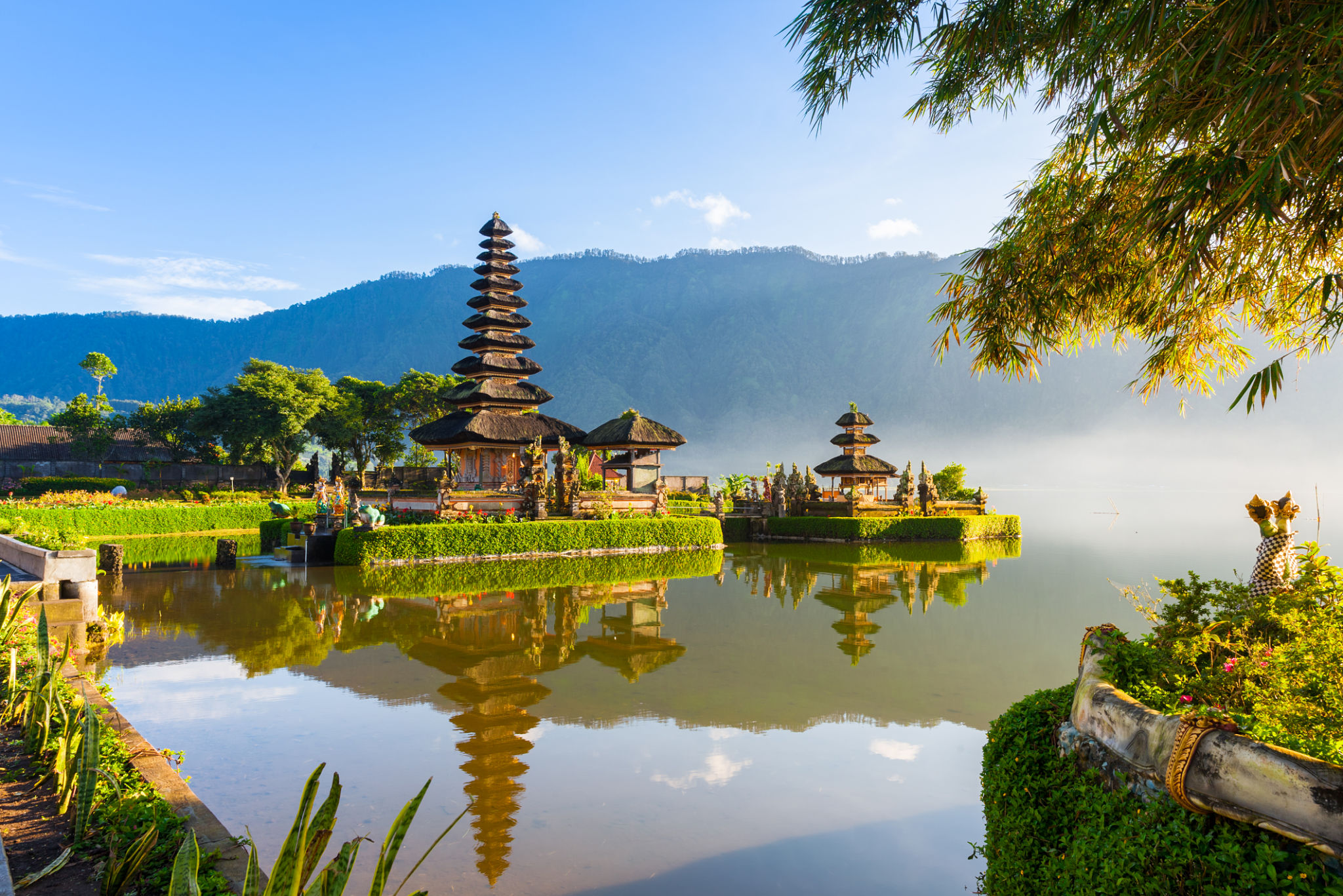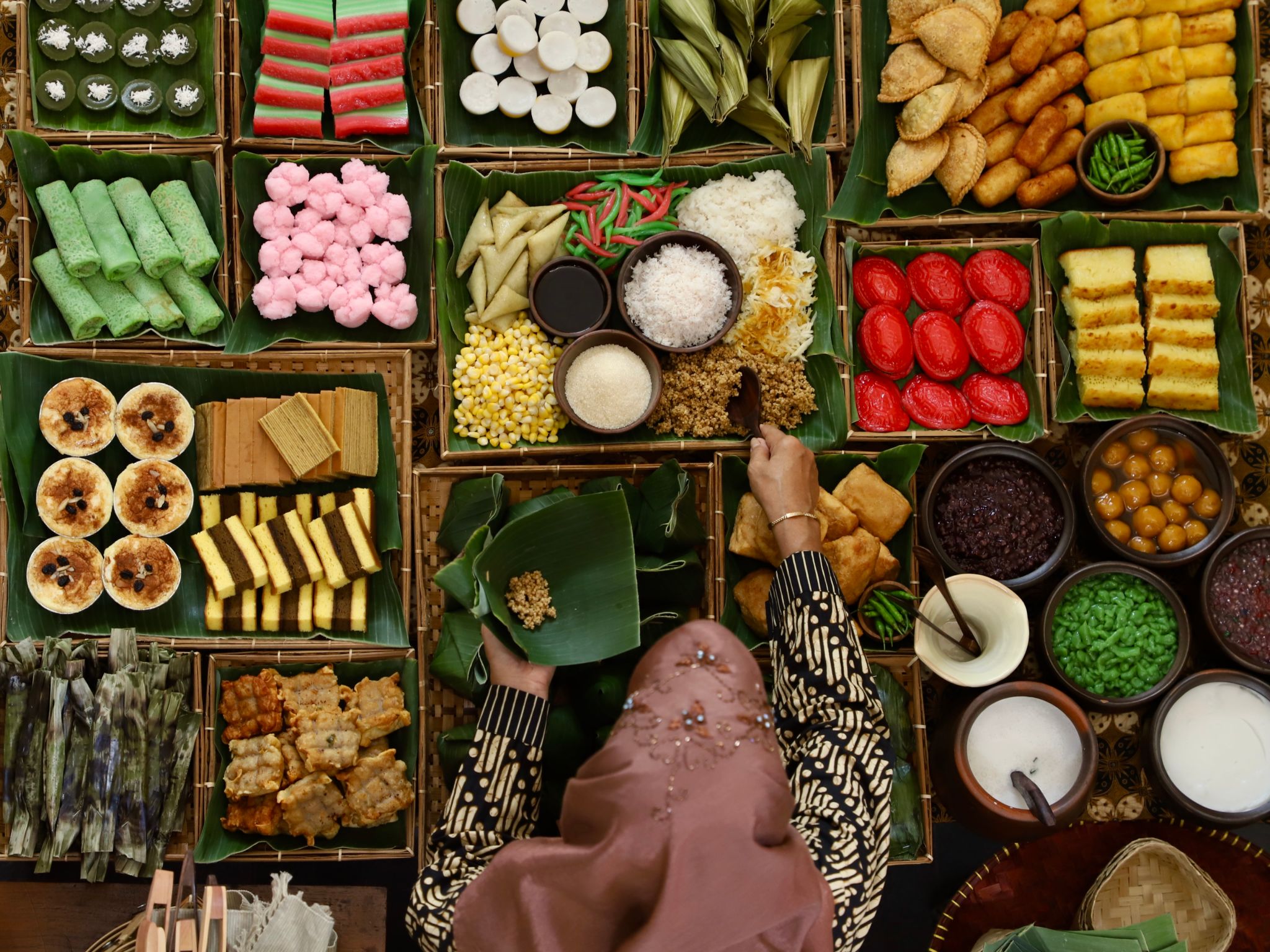Expert Tips for Effective Localization in Diverse Indonesian Regions
Understanding the Cultural Diversity of Indonesian Regions
Indonesia is a vast archipelago with over 17,000 islands, each boasting its own unique culture, language, and customs. This diversity presents both challenges and opportunities for businesses looking to localize their products and services. Effective localization requires a deep understanding of these cultural nuances to ensure that your message resonates with the local audience.
One of the first steps in successful localization is to conduct thorough research on the specific region you are targeting. This involves understanding local traditions, beliefs, and social norms. By doing so, businesses can tailor their marketing strategies to align with the values and preferences of the local population.

Adapting Language and Dialects
Language is a crucial component of localization. Indonesia is home to more than 700 languages, with Bahasa Indonesia being the official language. However, many regions have their own dialects that are widely spoken and understood by the local population. To effectively communicate with your audience, it’s essential to adapt your content to the regional dialects where possible.
Working with local translators and language experts can help ensure that your message is accurately conveyed and culturally appropriate. This not only enhances communication but also builds trust and credibility with the local community.
Utilizing Local Symbols and Imagery
Symbols and imagery play a significant role in conveying messages and emotions. In Indonesia, traditional symbols and motifs vary greatly from one region to another. Incorporating local symbols in your branding and marketing materials can create a sense of familiarity and connection with your audience.

However, it's important to be mindful of cultural sensitivities. What may be considered a positive symbol in one region could have negative connotations in another. Collaborating with local experts can help navigate these complexities and ensure that your visual content is well-received.
Considering Regional Consumer Behavior
Consumer behavior can differ significantly across Indonesian regions due to varying economic conditions, lifestyle preferences, and access to technology. Understanding these differences is crucial for developing effective marketing strategies. For example, urban areas may have a higher adoption rate of digital platforms compared to rural regions.

Conducting market research and analyzing consumer data can provide valuable insights into purchasing habits and preferences. This information can be used to tailor your marketing efforts and product offerings to better suit the needs of each regional market.
Building Relationships with Local Influencers
Influencers play a powerful role in shaping consumer perceptions and driving brand awareness. Partnering with local influencers who have a strong following in specific regions can amplify your reach and enhance your brand's credibility.
When selecting influencers, it's important to choose individuals who align with your brand values and have an authentic connection with their audience. This ensures that your message is delivered in a genuine and impactful manner.
Conclusion: The Path to Successful Localization
Effective localization in Indonesia's diverse regions requires a thoughtful approach that considers cultural, linguistic, and behavioral differences. By investing time in research, collaborating with local experts, and adapting your strategies to suit each region's unique characteristics, businesses can successfully engage with their target audience and drive growth in this dynamic market.
Remember that localization is an ongoing process that requires continuous learning and adaptation. By staying informed about regional trends and feedback, businesses can refine their strategies and maintain a strong presence across Indonesia's multifaceted landscape.
